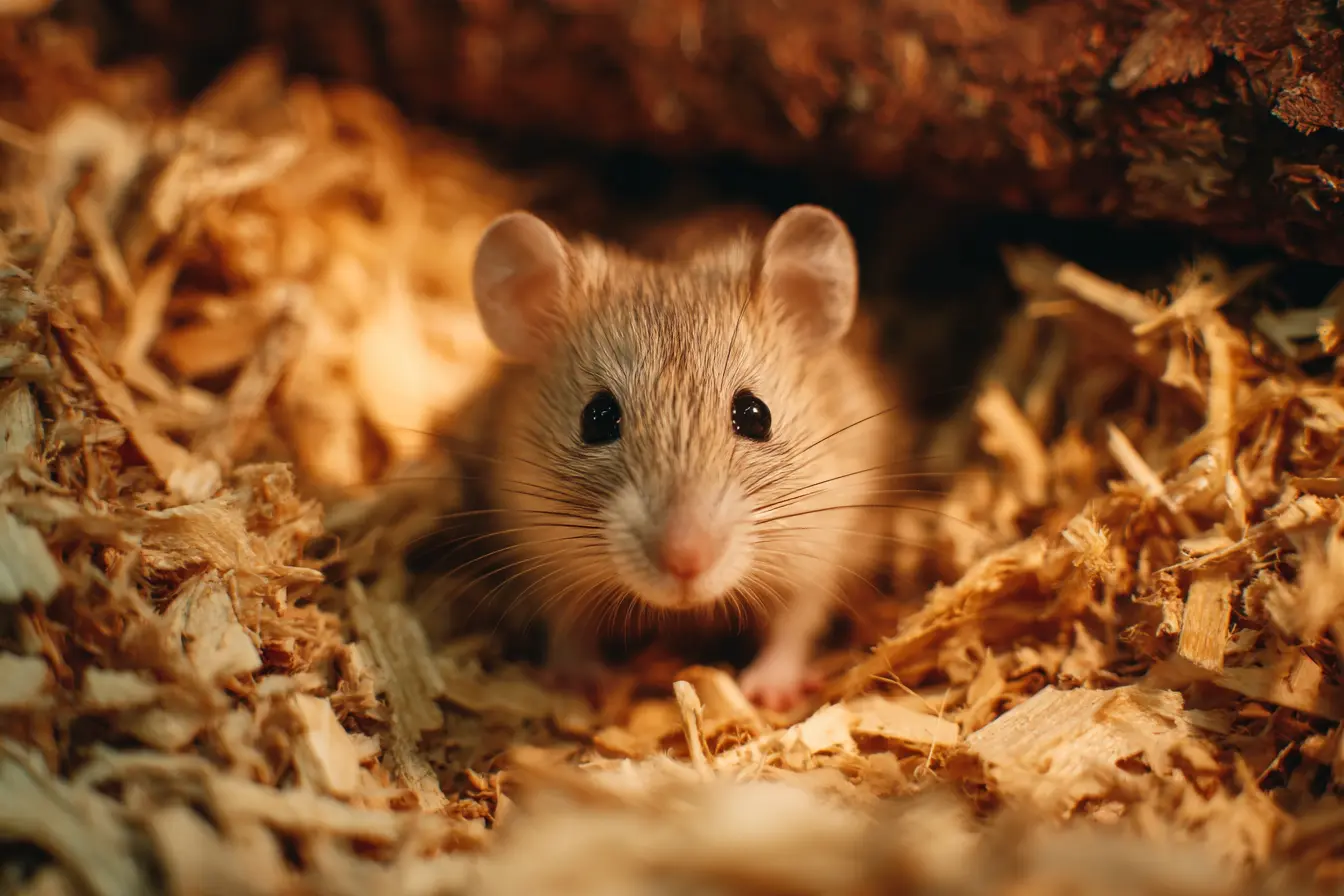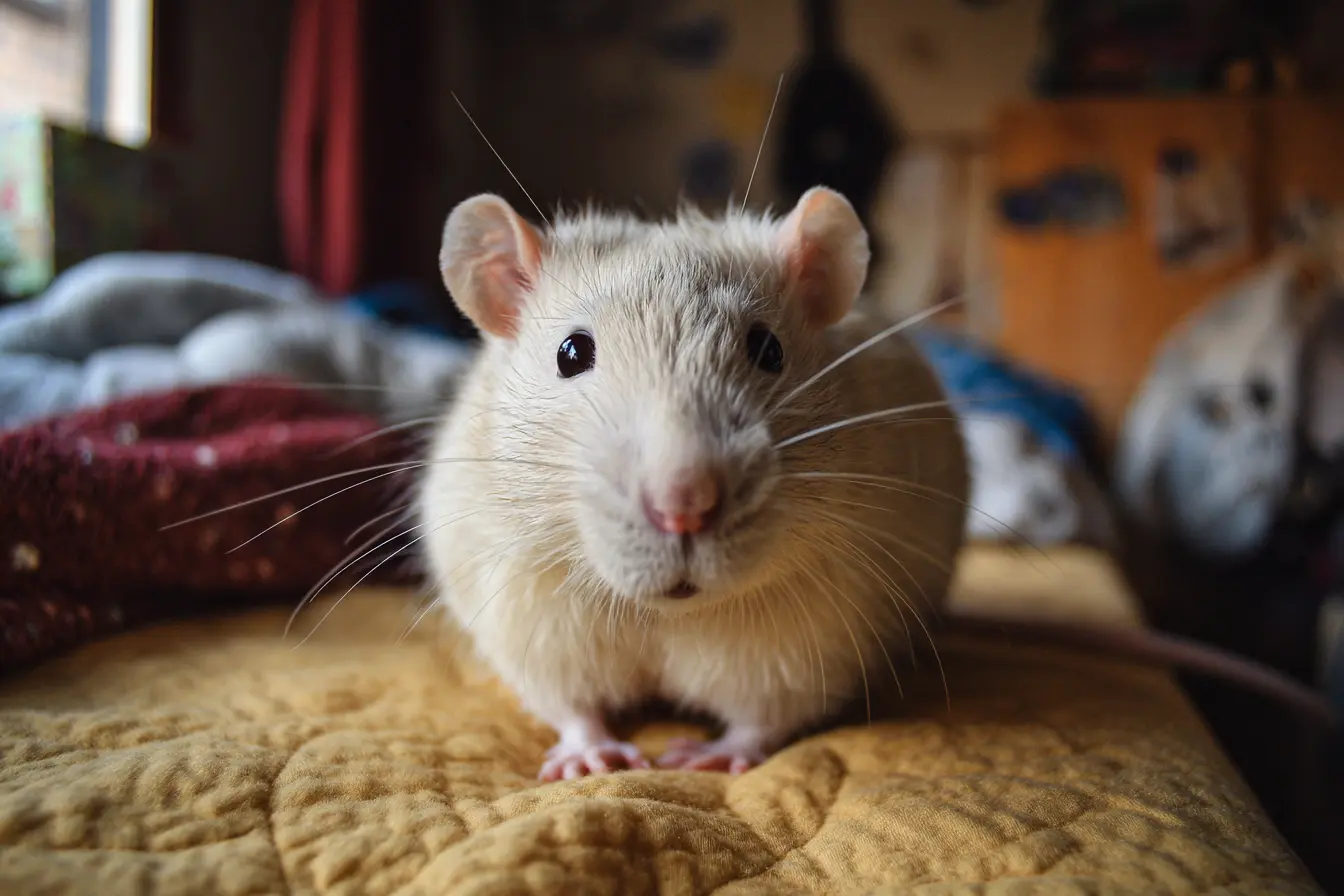
Urine Scalding in Rabbits: Causes, Symptoms, Treatment, and Prevention
Urine scalding is a painful and often preventable condition that affects many domestic rabbits. It occurs when a rabbit’s skin is repeatedly exposed to urine, leading to irritation, inflammation, hair loss, and sometimes serious infections. Because rabbits have sensitive skin and rely on their owners to keep their environment clean and suitable, understanding urine scalding is essential for providing proper care.
This detailed guide covers everything you need to know about urine scalding in rabbits, what causes it, how to recognise early signs, effective treatment options, and strategies to prevent it from occurring.
What Is Urine Scalding?
Urine scalding, also known as urine burn or urine dermatitis, is a condition where a rabbit’s skin becomes irritated and damaged due to prolonged contact with urine. It typically affects:
- The hind legs
- The genitals
- The underside of the tail
- The belly area
Because rabbit skin is delicate, constant wetness quickly leads to redness, soreness, and eventually raw, inflamed areas that are painful and susceptible to infection.
Why Does Urine Scald Happen?
Urine scalding is not a normal condition, it is usually a sign of an underlying issue affecting mobility, posture, or hygiene.
Common Causes
Poor Hygiene or Dirty Housing
Rabbits can get urine on themselves if:
- Litter trays are not cleaned regularly
- Bedding is damp or soiled
- Flooring retains moisture
- Housing is cramped or unsuitable
A wet environment leads to urine sticking to the fur and skin.
Mobility Problems
Rabbits with physical limitations are more likely to develop urine scald:
- Arthritis
- Spinal issues
- Hind-limb weakness
- Obesity
- Sore hocks
If a rabbit cannot posture properly to urinate, they often soil themselves.
Overgrown Fur
Long-haired breeds (e.g., Angora, Lionhead, Cashmere Lop) may trap urine in their coat.
Urinary Issues
Anything that affects urination can contribute to urine scald:
- Bladder sludge
- Urinary tract infections
- Kidney problems
- Incontinence
- Urinary stones
- Pain causing abnormal posture
These conditions require veterinary diagnosis and treatment.
Obesity
Overweight rabbits may not be able to lift their hindquarters correctly when urinating.
Age-Related Decline
Elderly rabbits are more prone to mobility and bladder issues.
Signs and Symptoms of Urine Scalding
Early detection prevents the condition from getting worse. Check for:
Early Signs:
- Yellow, wet, or stained fur
- Damp patches on the legs or underside
- Hair thinning around the back end
- Mild redness or inflammation
Advanced Symptoms:
- Red, raw, inflamed skin
- Open sores
- Scabs or crusting
- Pain or flinching when touched
- Sticky or matted fur
- A strong smell of urine
- Reduced grooming
- Limping or difficulty moving
Severe Signs (requiring urgent vet care):
- Infection (pus, swelling, hot skin)
- Maggots (flystrike)
- Sudden lethargy
- Loss of appetite
Never ignore urine scald, it is painful and worsens quickly.
How to Treat Urine Scalding
Treatment depends on the severity and underlying cause. Mild cases can sometimes be managed at home with guidance, but moderate to severe cases require veterinary intervention.
Spot Clean the Affected Area
Use:
- Warm water
- Rabbit-safe shampoo (if needed)
- Soft cotton pads
Gently clean away urine and debris. Never scrub harshly.
Dry thoroughly:
- Pat dry with a soft towel
- Use a cool hairdryer on the lowest setting if the rabbit tolerates it
Rabbits must never remain damp.
Trim the Fur
Carefully trim urine-soaked fur around the affected area to allow skin to heal.
Do not use scissors close to the skin unless experienced. Ask a vet or groomer if unsure.
Apply Rabbit-Safe Creams
Vets may recommend:
- Soothing barrier creams
- Sudocrem or zinc oxide creams (used sparingly and only where the rabbit cannot lick)
- Aloe vera (pure and pet-safe)
Never use products containing steroids or harsh chemicals without veterinary advice.
Pain Relief
If the rabbit is in pain, a vet will prescribe:
- Anti-inflammatory medication
- Analgesics
Never give human painkillers, they are toxic to rabbits.
Treat the Underlying Problem
Depending on the cause, treatment may include:
- Antibiotics (urinary infections)
- Fluid therapy (kidney issues)
- Laser therapy
- Bladder sludge management
- Weight loss plan
- Pain management for arthritis
- Mobility support
Correcting the underlying issue is essential for long-term recovery.
Modify Housing Immediately
Provide:
- Soft fleece bedding
- Dry litter trays
- Easily accessible, low-entry trays
- Frequent cleaning
- Puppy pads (covered with fleece to prevent chewing)
Avoid:
- Wire flooring
- Slippery surfaces
- Rough bedding
Preventing Urine Scalding in Rabbits
Once a rabbit has experienced urine scald, prevention is key to stopping recurrence.
Keep Housing Clean and Dry
- Spot-clean daily
- Change litter trays frequently
- Remove damp bedding immediately
- Use absorbent litter (paper-based or wood pellets)
Provide Soft Flooring
Use:
- Fleece liners
- Vet bedding
- Thick hay layers
Soft surfaces reduce friction and irritation.
Regular Grooming
Especially for long-haired breeds:
- Trim fur around the hindquarters
- Brush regularly to remove dirt
- Scheduled grooming sessions
Support Mobility
Address:
- Arthritis
- Obesity
- Muscle weakness
Add ramps, low-entry litter trays, and non-slip flooring.
Maintain Healthy Weight
A hay-based diet and daily exercise prevent obesity-related urine scald.
Provide Adequate Litter Trays
- One tray per rabbit, plus one extra
- Low entry trays for elderly or disabled rabbits
Monitor Older Rabbits Closely
Elderly rabbits often require additional care to prevent urine scald.
When to See a Vet
Seek veterinary advice if:
- The skin is broken or bleeding
- There is pus, swelling, or heat
- Your rabbit is in pain
- There are signs of infection
- The rabbit stops eating (emergency)
- Urine scald keeps recurring
Urine scald may indicate a deeper health issue that needs diagnosis.
How Long Does Recovery Take?
Recovery time varies by severity:
- Mild cases: 5–10 days
- Moderate cases: 2–4 weeks
- Severe cases: Several weeks to months
Ongoing management and environmental adjustments are often required.
Conclusion
Urine scalding is a painful but preventable condition that every rabbit owner should be aware of. Keeping your rabbit’s living area clean, ensuring proper grooming, monitoring their health, and addressing underlying issues, especially mobility or urinary problems, can greatly reduce the risk of urine dermatitis.
With early detection and proper care, rabbits can recover well and live comfortably. If in doubt, always seek veterinary support to ensure your rabbit receives the best possible treatment.
Vets near you
Speciality vets
- Aquatics vet specialists
- Birds vet specialists
- Camelids vet specialists
- Cats vet specialists
- Cattle vet specialists
- Deer vet specialists
- Dogs vet specialists
- Equines vet specialists
- Exotic vet specialists
- Goats vet specialists
- Pigs vet specialists
- Poultry vet specialists
- Sheep vet specialists
- Small Mammals vet specialists
- Wild vet specialists



